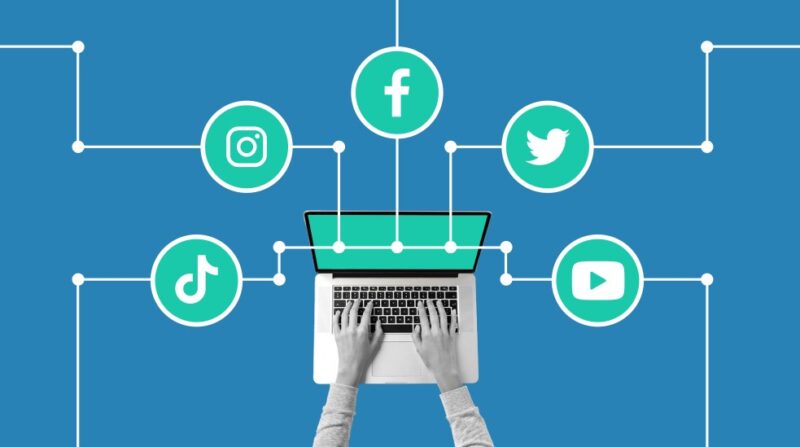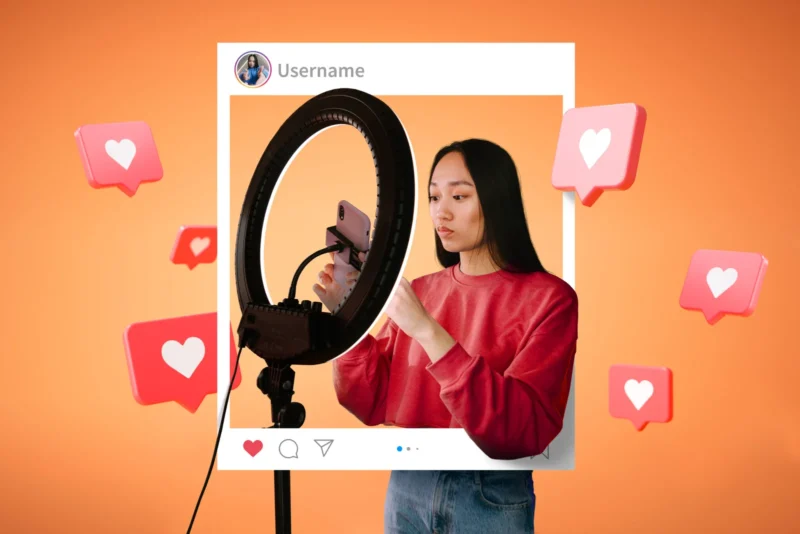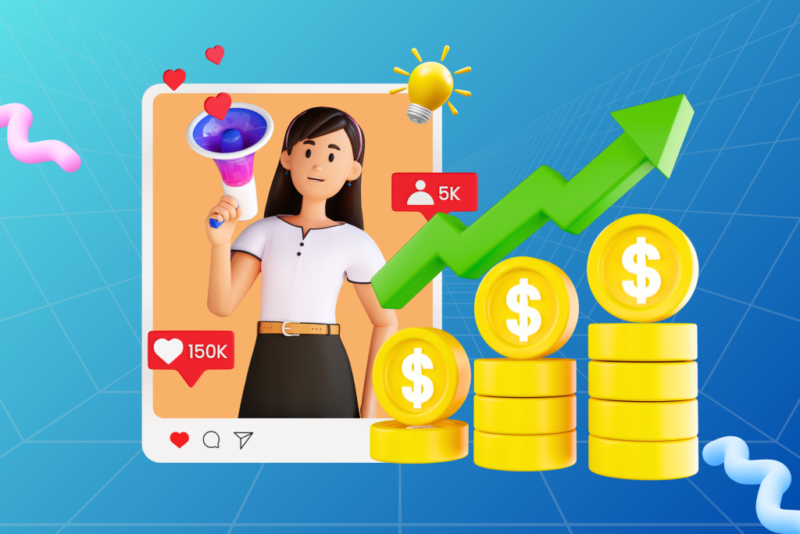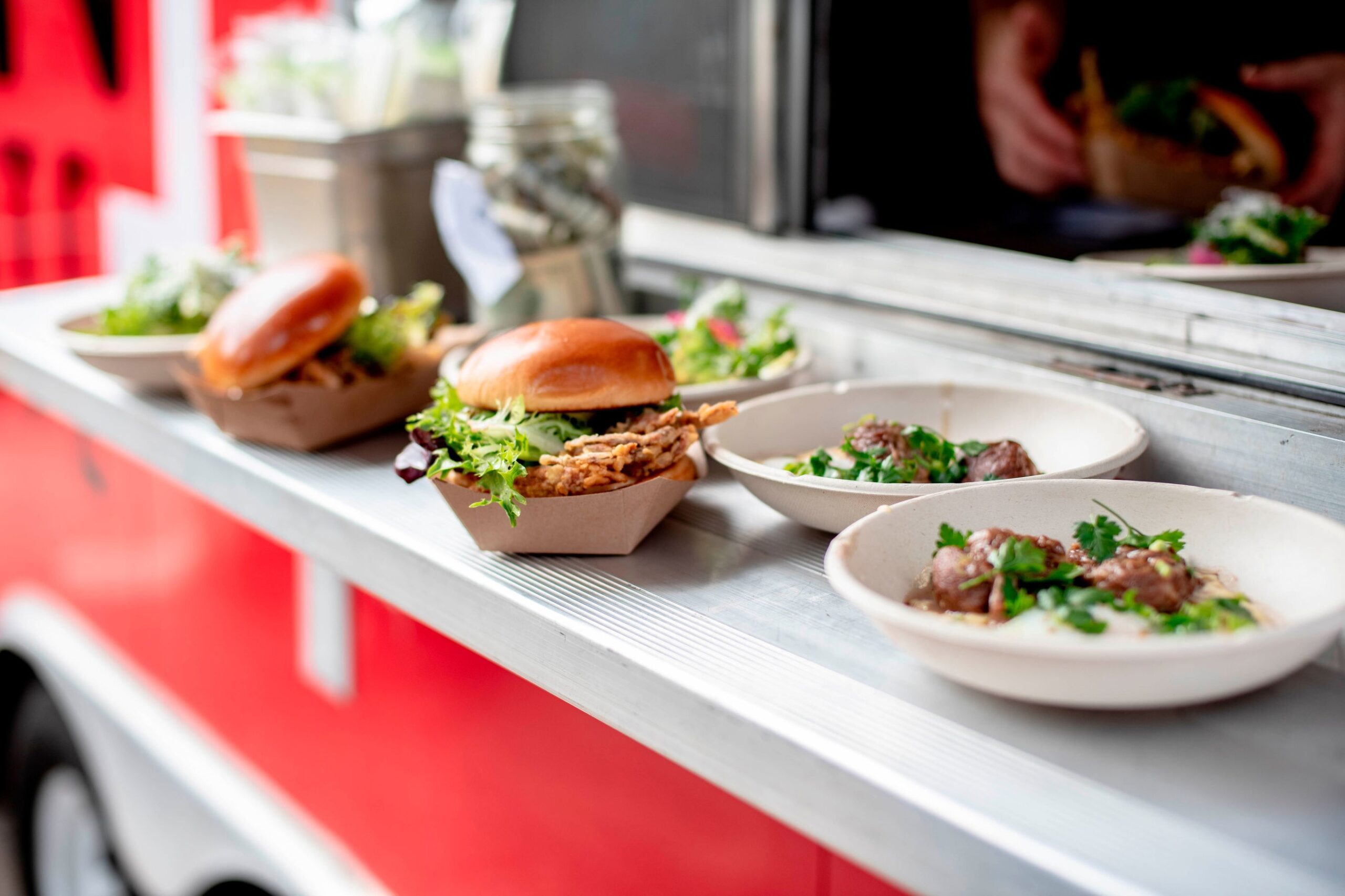
Share Post:
Thousands of influencers work hard to grow a loyal following—posting daily, learning trends, and investing in aesthetics. But when it comes time to earn from all that effort, most hit a wall. The truth is, the internet is full of creators who look successful on the surface but can’t turn their online presence into actual income.
The problem isn’t talent or reach. It’s the lack of a clear monetization strategy.
If you’re wondering why you’re getting the views but not the sales—or you’re trying to avoid common pitfalls before launching your own brand—this article walks you through the real reasons most influencers fail to monetize and gives you a roadmap to do it smarter.
You don’t need millions of followers. You need structure, audience alignment, and tools that convert attention into value.
Key Points
- Many influencers grow an audience but struggle to turn it into income.
- Monetization requires more than just follower count – strategy matters.
- Lack of niche clarity, poor audience trust, and no long-term offer are common mistakes.
- Platforms like affiliate programs and brand partnerships can work – but only with proper alignment.
- Smart monetization includes consistency, diversified income streams, and timing.
Table of Contents
ToggleThe Harsh Truth Behind “Follower Count = Money”

It’s easy to assume that if you have 10,000 or 100,000 followers, money will just start rolling in. That assumption is one of the biggest reasons influencers fail to monetize. In reality, follower count is only one piece of the puzzle – and often the least important one when it comes to making real money.
Think about it: how many influencers have you seen who post every day, have thousands of likes, but still rely on side gigs or day jobs? The truth is, monetization doesn’t automatically follow visibility. It follows trust, value, and a system built for conversion.
If you’re trying to understand why your efforts aren’t paying off – or you’re planning to start your influencer journey and want to avoid the same traps – this guide breaks down the core reasons behind the struggle and what you can do differently.
Mistake #1: No Clear Niche or Direction
One of the most common reasons influencers fail to monetize is they’re trying to appeal to everyone. A little beauty content here, a travel post there, maybe a gym selfie thrown in – without any cohesive brand identity.
The problem? Brands and followers alike don’t know what to expect. If they’re confused, they won’t buy.
Let’s say you’re into lifestyle content. That’s not a niche. That’s an umbrella. You need to niche down into something more specific like:
- Minimalist home decor for small apartments
- Plant-based meal prepping for busy moms
- Budget travel tips for solo adventurers
This clarity makes you easier to pitch to brands and more trustworthy to followers. It also makes your affiliate and sponsored links far more effective.
For example, even influencers who post about online platforms – whether gaming, sports betting, or digital services – see better traction when they’re aligned with a clear niche. Promoting a trusted platform like bet365 only works if the audience already sees you as a credible voice in that space. Without that, the link feels forced, and nobody clicks.
Mistake #2: Relying Too Heavily on Social Media Algorithms

You’ve heard it before: Instagram changed the algorithm. Your reach dropped. Engagement tanked. And now you’re scrambling to figure out what went wrong.
Many influencers build their entire monetization plan on unstable ground. Social platforms are rented space – you don’t own them. So when visibility suddenly drops, so does your income.
Smart influencers do two things:
- Build an email list (you own your audience).
- Drive traffic to their own platforms, such as a blog, YouTube channel, or product page.
The most successful creators treat social media as a tool – not a home base. That way, even when the algorithm changes, their business doesn’t collapse.
Mistake #3: Chasing Sponsorships Instead of Building Value
Most influencers dream of brand deals. And while they can be profitable, they’re often overhyped. If you only chase one-off collaborations, you’ll always be hustling.
The smarter move? Build a monetization system where you provide ongoing value. That could include:
- A digital product (guides, presets, courses)
- Affiliate partnerships (recurring commissions)
- Paid memberships or exclusive content
- Consulting or services
The best monetized influencers do both: they work with brands and build their own assets. That’s how they create income they control.
Mistake #4: They Don’t Understand Their Audience
If you don’t know what your audience wants, you can’t sell them anything. Many influencers post what they like, but they never take time to understand the needs, habits, and pain points of the people watching.
Monetization begins with audience insight:
- What problems are they trying to solve?
- What do they already spend money on?
- Where do they hang out online?
The more aligned your offers are with their needs, the better your conversions. A well-placed product mention or affiliate link can feel like a favor – if it truly serves the audience.

How to Actually Succeed at Influencer Monetization
Now that we’ve tackled why so many fail, let’s focus on what actually works. Here’s a playbook that’s both practical and sustainable.
1. Build Trust Before You Sell
Don’t push a product every other post. Instead:
- Share personal experiences with tools you use.
- Educate your audience before recommending anything.
- Show the results or benefits of what you’re promoting.
People don’t like being sold to. But they do like buying from someone who helps them solve a problem.
2. Create Evergreen Offers
Your income shouldn’t depend on your latest reel going viral. Develop assets that keep working in the background:
- An ebook
- A “start here” guide
- Affiliate landing pages
- Highlighted stories that act as evergreen funnels
These small systems create a more passive, dependable income structure.
3. Use a Content Funnel
A well-structured funnel guides your audience from casual viewer to buyer. It might look like this:
Instagram Reel → Link in Bio → Email Signup → Free Resource → Paid Product or Affiliate Offer
Each step should feel natural, not pushy. Over time, your audience becomes used to clicking, signing up, and eventually purchasing.
Real Monetization ≠ Quick Wins

Influencers often focus on fast growth, thinking it’s the key to fast income. But most lasting monetization success comes slowly, through consistency, testing, and understanding what works for your audience.
The creators who thrive long-term often:
- Stay consistent for years, not months
- Test multiple monetization methods
- Build email lists and off-platform communities
- Adjust their offer to match audience shifts
They don’t panic when one stream dries up – they’ve already built three more.
Final Thought: Think Like a Business, Not a Personality
You may have started your online journey to share your story or express your creativity. But if you want to turn it into income, you need to shift your mindset.
You’re not just an influencer. You’re a brand. You’re a business. And businesses don’t rely on hope or algorithms – they use strategy, tools, and systems.
Monetization isn’t reserved for the biggest accounts. It’s available to anyone willing to learn what works and build something intentional.
FAQs
- Should I be on multiple platforms to monetize effectively?
Being present on multiple platforms can help you reach a wider audience, but it’s not required to start monetizing. It’s more important to dominate one channel and build trust than to spread yourself thin. Once one platform is stable, you can expand strategically.
- What’s the difference between a paid collaboration and affiliate marketing?
A paid collaboration usually involves a one-time fee from a brand in exchange for a specific post or campaign. Affiliate marketing pays you a commission when someone makes a purchase through your unique link. Both can work together, but affiliate marketing offers recurring income if done right.
- Can I monetize without showing my face or being a personal brand?
Yes. Many niche pages, meme accounts, and product-focused profiles earn through digital products, affiliate links, or themed merchandise. Monetization depends more on audience trust and value than on personality visibility.
- How do I know if my niche is profitable?
Research existing monetized creators in your niche. Look at whether brands advertise in that space, what kind of products are being promoted, and if there are affiliate programs or digital solutions aligned with the topic.
- How long does it usually take to start earning as an influencer?
There’s no fixed timeline, but most creators see traction between 6–12 months if they’re posting consistently, building an engaged audience, and using clear monetization methods like affiliate links, digital offers, or services.






